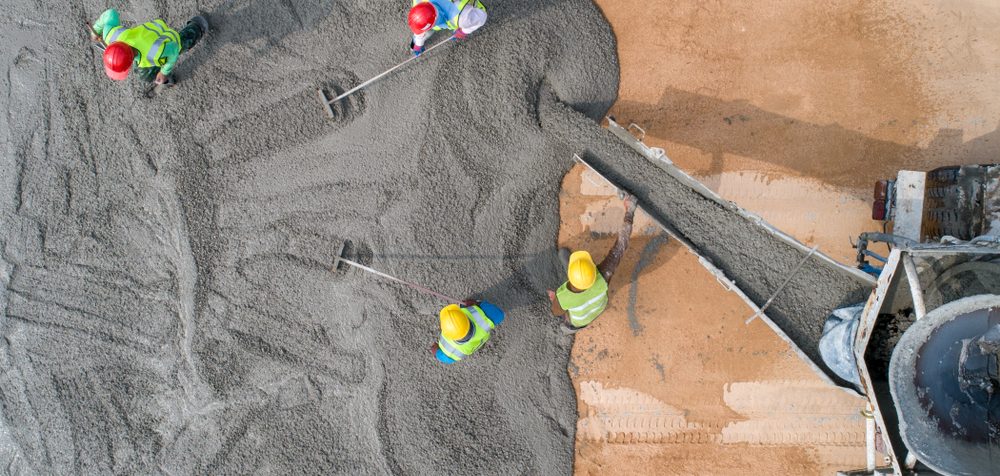
The University of Pittsburgh has a new concept for the development of smart civil infrastructure systems with the introduction of metamaterial concrete. The metamaterial concrete would be lightweight and mechanically-tunable, with integrated energy harvesting and sensing capabilities.
“Modern society has been using concrete in construction for hundreds of years, following its original creation by the ancient Romans,” said Amir Alavi, the corresponding author on the study. “Massive use of concrete in our infrastructure projects implies the need for developing a new generation of concrete materials that are more economical and environmentally sustainable, yet offer advanced functionalities. We believe that we can achieve all of these goals by introducing a metamaterial paradigm into the development of construction materials.”
The recent study introduces the use of metamaterials in the creation of concrete, making it possible for the material to be specifically designed for a specific purpose. Characteristics such as brittleness, flexibility, and malleability could be fine-tuned in the creation of the material, allowing builders to use less of the material without sacrificing strength or longevity.
“This project presents the first composite metamaterial concrete with super compressibility and energy harvesting capability,” said Alavi. “Such lightweight and mechanically tunable concrete systems can open a door to the use of concrete in various applications such as shock absorbing engineered materials at airports to help slow runaway planes or seismic base isolation systems.”
The material is made up of reinforced auxetic polymer lattices embedded in a conductive cement matrix. The composite structure induces contact-electrification between the layers when triggered mechanically, making it capable of generating electricity. As of now, the generated signals would be sufficient to power roadside sensors. The signals self-generated by the metamaterial concrete under mechanical excitations could also be used to monitor damage inside the concrete structure or to monitor earthquakes.
